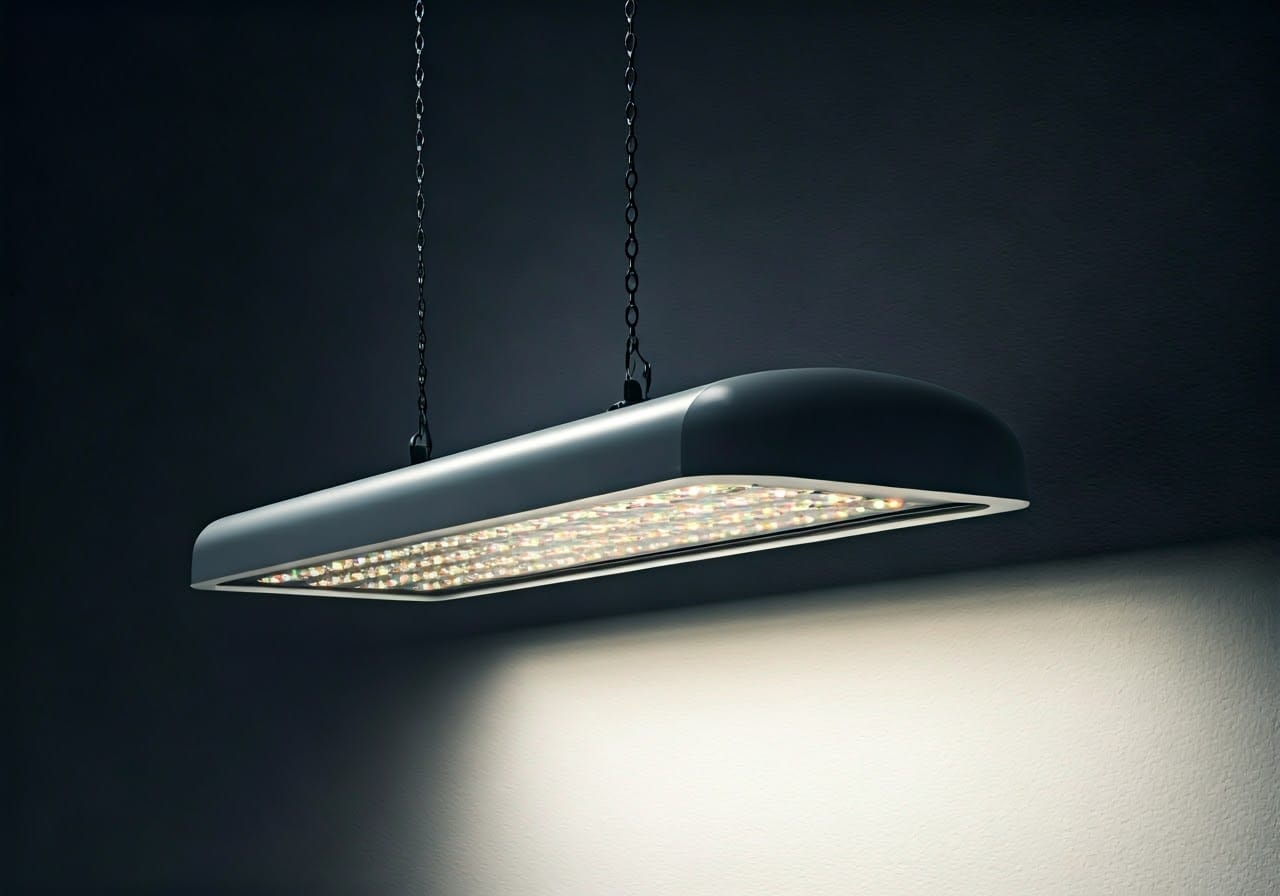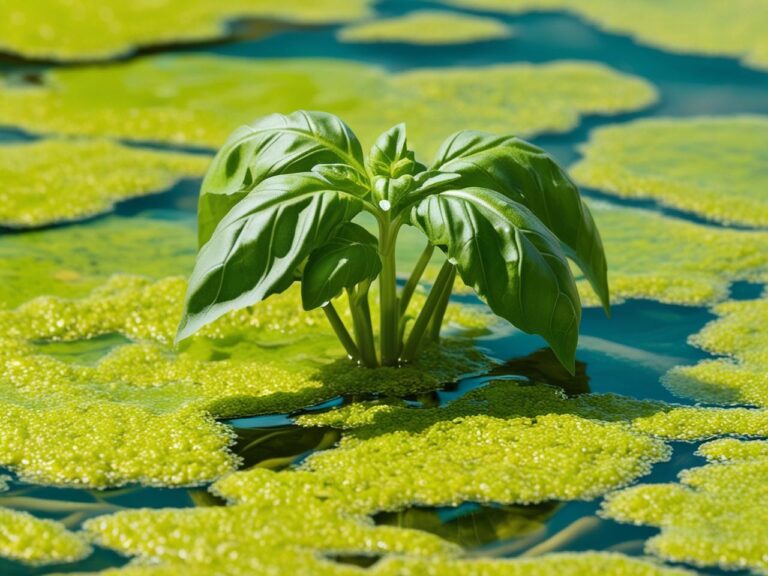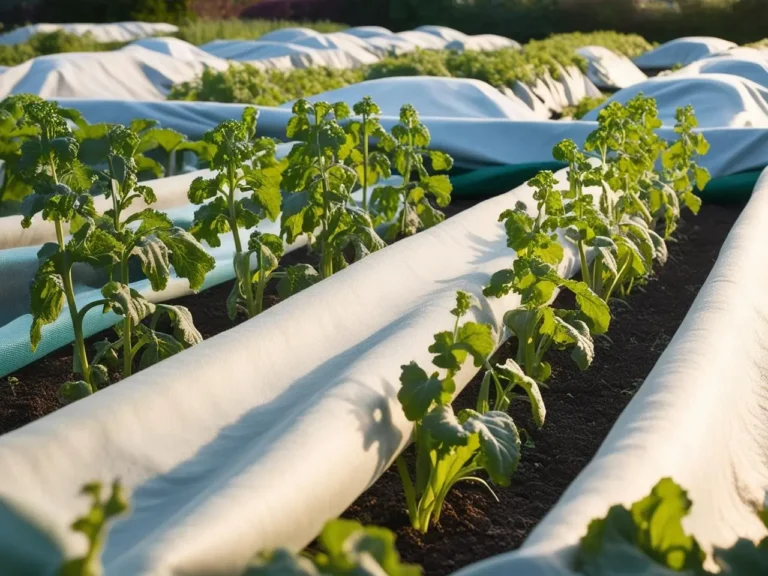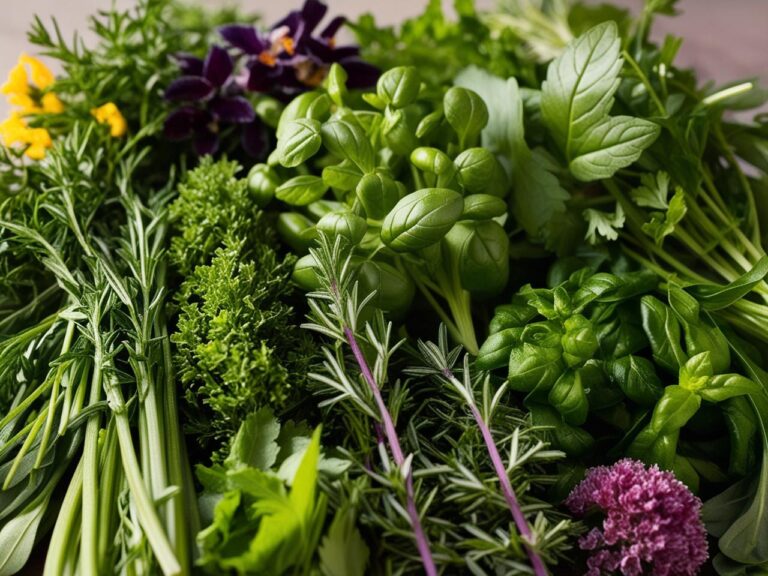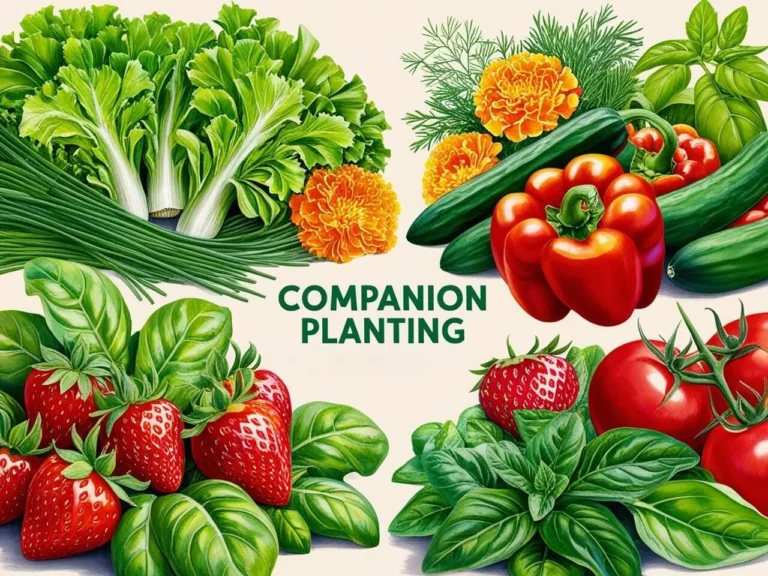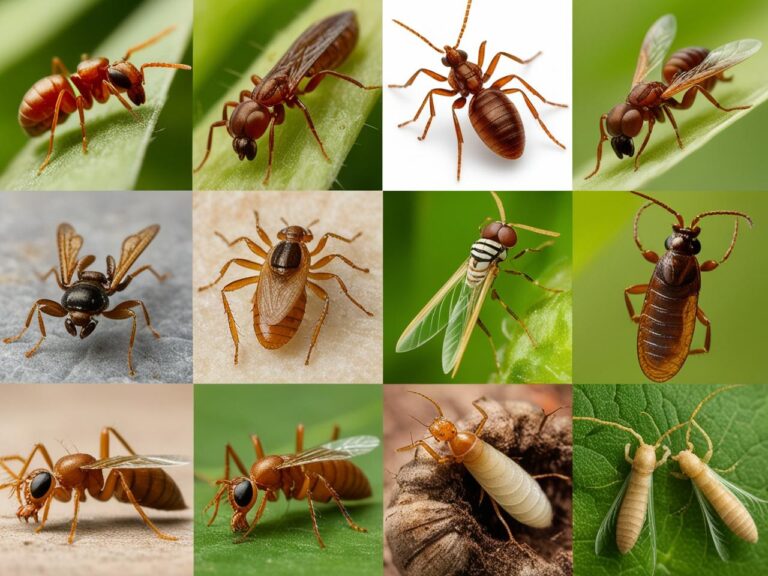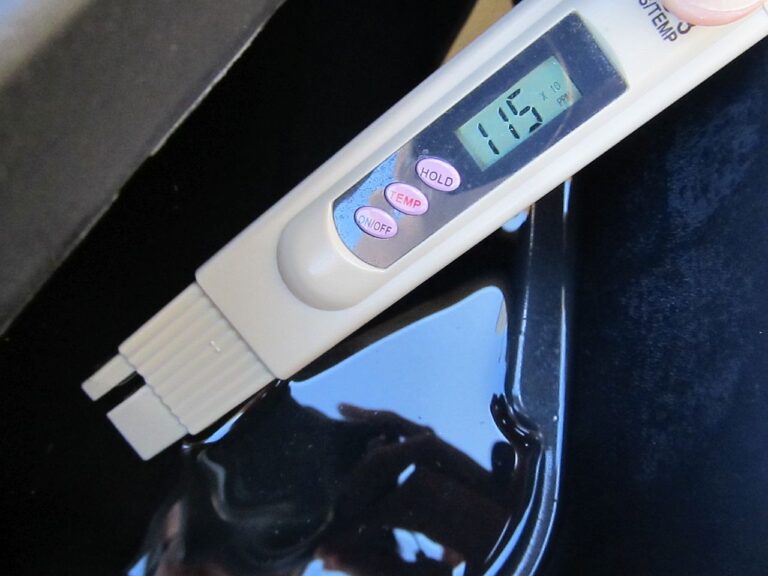The Best LED Grow Lights for Beginners 2024
If you’re new to hydroponics, choosing the right grow light can feel overwhelming. LED grow lights are an essential part of any indoor hydroponic setup, providing plants with the light they need to grow, thrive, and even flower, all while being energy-efficient and budget-friendly. But with so many types, sizes, and brands on the market, where should you start?
In this guide, we’ll walk you through some of the best LED grow lights for beginners, explain what to look for when shopping for one, and give you a head start on setting them up for success. Let’s dive in!
1. Why LED Grow Lights Are Essential for Indoor Hydroponics
For indoor gardeners, LED grow lights are key to replicating sunlight and providing plants with the energy they need to photosynthesize. Unlike natural sunlight, these lights allow you to control how much and what type of light your plants receive. Compared to alternatives like fluorescent and HID lights, LEDs are highly energy-efficient, producing less heat and lasting longer. This makes them especially useful for indoor setups, as they keep costs low and the temperature stable—perfect for beginners just starting with hydroponics.
2. What to Look for in a Beginner-Friendly LED Grow Light
When choosing an LED grow light, here are a few key factors to keep in mind:
- Light Spectrum: LED grow lights come in a few spectrums, but the “full spectrum” models are typically best for beginners. These lights provide the blue and red light plants need to grow at every stage, from seedlings to flowering plants.
- PAR and PPFD: You might see terms like PAR (Photosynthetically Active Radiation) and PPFD (Photosynthetic Photon Flux Density) on product listings. These measurements tell you how much usable light is being emitted and received by your plants. For a small setup, you don’t need extremely high numbers here, but a good PPFD around 300–600 µmol/m²/s is usually great for leafy greens.
- Wattage: The wattage you need depends on your growing area. Smaller spaces, like a 2×2-foot area, only require around 100–200W, while larger areas may require 300W or more. Remember that higher wattage doesn’t necessarily mean better growth; it’s all about matching the light to the plants’ needs.
- Heat Output: LED lights produce less heat than other types, but it’s still a consideration. For indoor hydroponic setups, you’ll want low-heat lights to avoid “cooking” your plants or drying out your system.
- Cost vs. Quality: Quality LEDs can be affordable, especially with budget-friendly beginner options that still offer excellent light output and durability. Look for user-friendly options that won’t break the bank but are still durable and well-reviewed.
3. Top 5 LED Grow Lights for Beginners (Budget-Friendly Options)
Let’s look at some of the top-rated LED grow lights that are beginner-friendly, affordable, and well-suited for a variety of indoor setups.
- Overview: These small, compact lights are ideal for starter setups and comes at an entry-level price.
- Pros: Very affordable, basic setup.
- Cons: Limited coverage, best for small-scale use.
- Best For: Beginners looking to test the waters of hydroponics without spending too much.
- Price: These lights are usually priced around $10-$50, making them accessible for beginner hydroponic gardeners.
- GooingTop LED Grow Light
- Features: Full spectrum, clip-on design, adjustable brightness, and timer function.
- Pros: User-friendly with dimmable settings; compact and affordable for small indoor setups.
- Cons: Limited coverage area, suitable only for a few small plants or seedlings.
- DOMMIA LED Grow Light
- Features: Sun-like full-spectrum, compact size, built-in timer, and USB connectivity.
- Pros: Energy-efficient and easy to set up; provides a balanced light spectrum.
- Cons: Lower intensity, so it’s best for seedling or herb stages rather than full bloom.
- FECiDA 6000 Lumen Dimmable Grow Light
- Features: Full spectrum with red and blue LEDs, adjustable brightness, and daisy chain function.
- Pros: Affordable yet powerful; covers more area, making it suitable for small indoor gardens.
- Cons: Slightly bulkier than smaller clip-on models but offers greater flexibility.
- GE BR30 LED Grow Light Bulb
- Features: Fits into standard light sockets, balanced spectrum, ideal for a variety of growth stages.
- Pros: Convenient and discreet, can be used in a standard lamp socket, and provides adequate light for smaller plants.
- Best For: Adding a grow light to a standard lamp or small fixture, ideal for small indoor garden spaces.
- Juhefa LED Grow Light for Indoor Plants
- Features: Equipped with 144 High-power efficient LED chips.
- Pros: Affordable, very compact, easy to adjust, and great for encouraging early growth.
- Best For: Small spaces and beginner setups like kitchen herbs or microgreens.
4. Key Tips for Setting Up Your LED Grow Light for Hydroponics
Once you’ve chosen your grow light, setting it up correctly can make all the difference for your plants’ success.
- Positioning: LED grow lights should be placed 12–24 inches above your plants, depending on light intensity and the plants’ stage. Too close, and you risk burning them; too far, and they may not receive enough light.
- Timing and Light Cycles: For leafy greens, aim for around 16 hours of light and 8 hours of darkness to replicate natural sunlight cycles. Seedlings and certain plants might need different cycles, so check plant requirements.
- Safety Tips: Keep electrical cords away from water and ensure proper ventilation. LEDs produce less heat than other lights, but airflow is always helpful in maintaining the right conditions.
5. FAQs About LED Grow Lights for Beginners
Here are some common questions new indoor gardeners often have:
- Q: Do LED lights use a lot of electricity?
A: No, LED lights are among the most energy-efficient options available, making them a low-cost choice for indoor gardening. - Q: How long should I leave my grow light on?
A: For most herbs and greens, start with 16 hours on and 8 hours off. Adjust as needed based on the plant type. - Q: Can LED lights replace natural sunlight?
A: Yes, with the right setup, LED lights can replace natural sunlight, allowing for year-round growth indoors. - Q: What is the best grow light for starting plants?
A: Full-spectrum LED grow lights are the best for starting plants because they mimic natural sunlight, supporting healthy growth from seedling to mature stages.Dimmable options are ideal because you can adjust the light intensity based on plant needs. - Q: How many watts should my LED grow light be?
A: For smaller areas, a light with 100–200 watts is usually sufficient. For larger setups, you may need 300 watts or more. Generally, around 30–40 watts per square foot of growing space is a good starting point. - Q: Can any LED light be used as a grow light?
A: Not quite. Regular LED lights don’t have the right spectrum for plant growth. Grow-specific LED lights provide red and blue light, which is essential for plants. - Q: What color LED is best for seedlings?
A: Blue light is particularly beneficial for seedlings as it promotes strong root and leaf development. Most full-spectrum grow lights provide a good amount of blue light. - Q: What light makes plants grow the fastest?
A: Full-spectrum LED lights that balance red and blue wavelengths generally support the fastest growth. Red light helps with flowering and fruiting, while blue light strengthens root and leaf growth. - Q: Do you leave grow lights on all the time for seedlings?
A: No, seedlings need a light/dark cycle. Start with around 16 hours of light and 8 hours of darkness. Constant light can stress plants and disrupt their growth cycle. - Q: Do plants grow better in the dark or light?
A: Plants grow best with a balanced cycle of light and dark. Light is essential for photosynthesis, while darkness allows plants to rest and grow their roots. - Q: What is the most efficient grow light?
A: LED grow lights are among the most energy-efficient, producing bright light without excessive heat. They’re cost-effective for both small and large setups. - Q: Which light is most favorable for plant growth?
A: Full-spectrum LED lights are most favorable as they provide the wavelengths plants need for all growth stages, from seedling to flowering. - Q: Where should grow lights be placed?
A: Position grow lights 12–24 inches above your plants, depending on the light’s intensity and your plants’ stage. For seedlings, keep the light higher to prevent burning and lower the light as they grow.
Conclusion
Choosing the right LED grow light is the first step in creating a successful hydroponic setup. From small starter lights to full-spectrum options, the choices in this guide provide an affordable, beginner-friendly way to grow plants indoors. Remember to start small, learn as you go, and enjoy the rewarding journey of hydroponic gardening! Happy Gardening!

